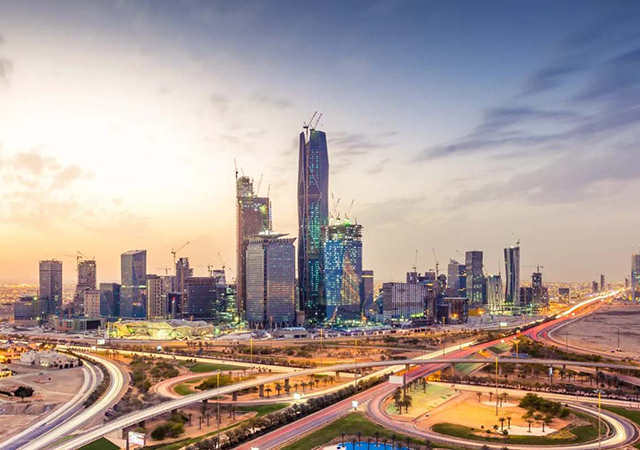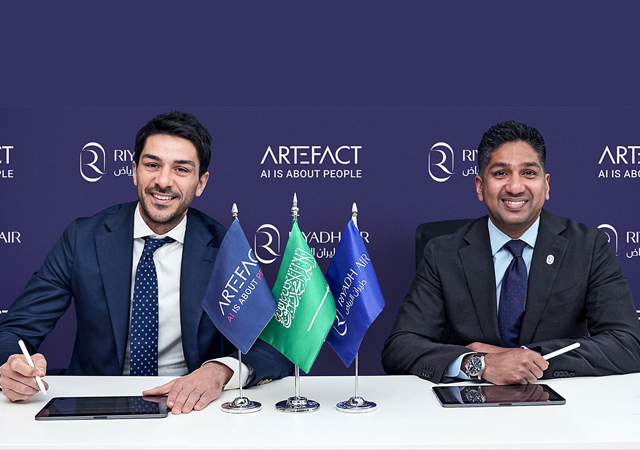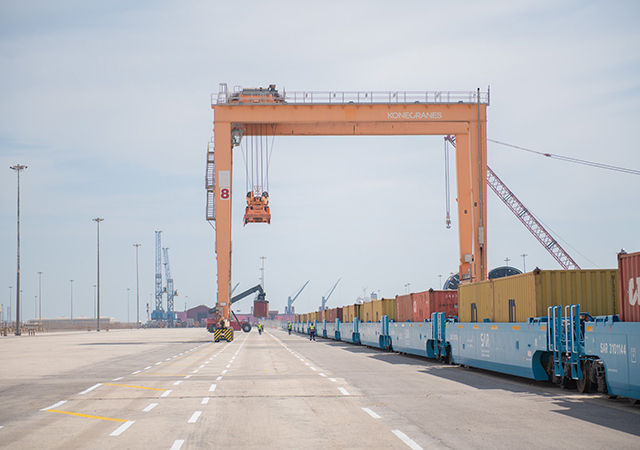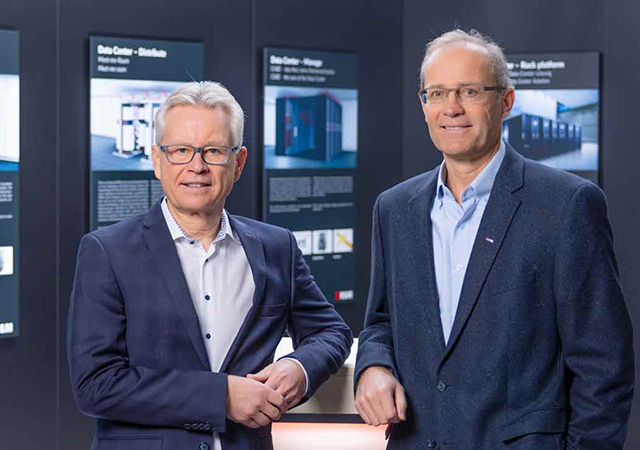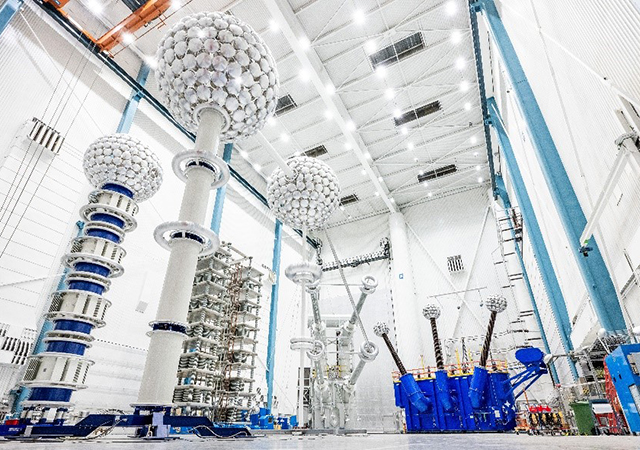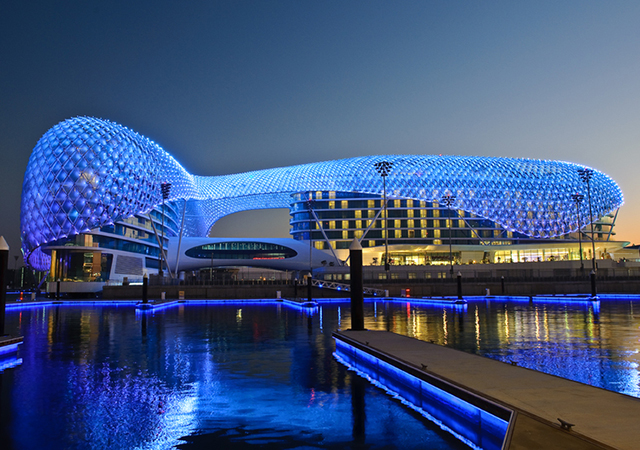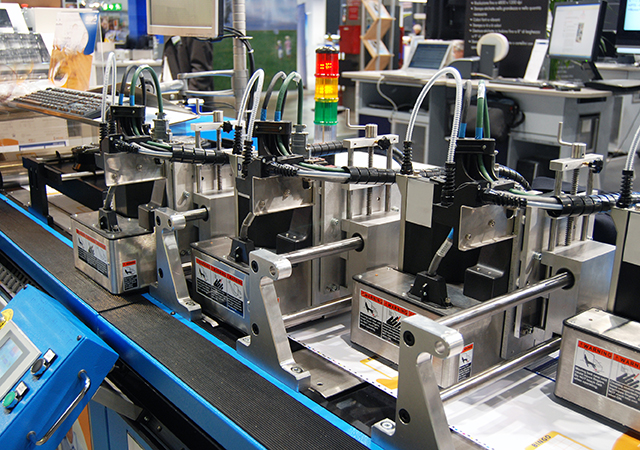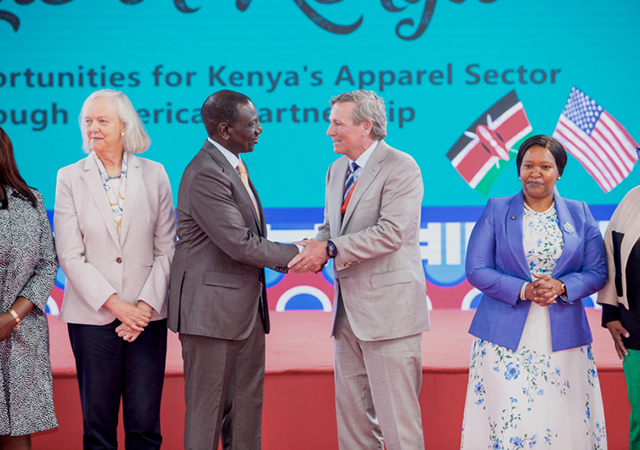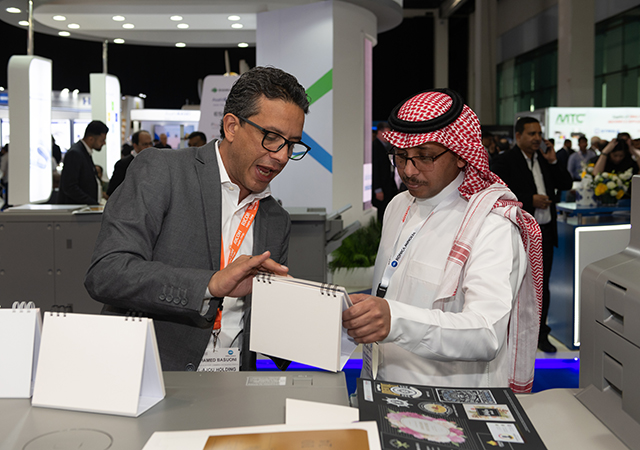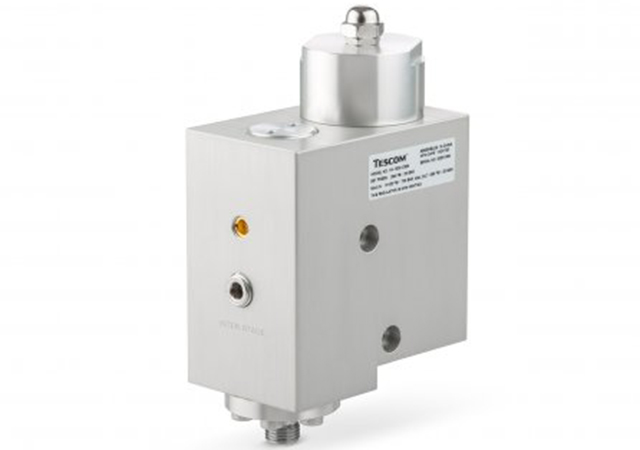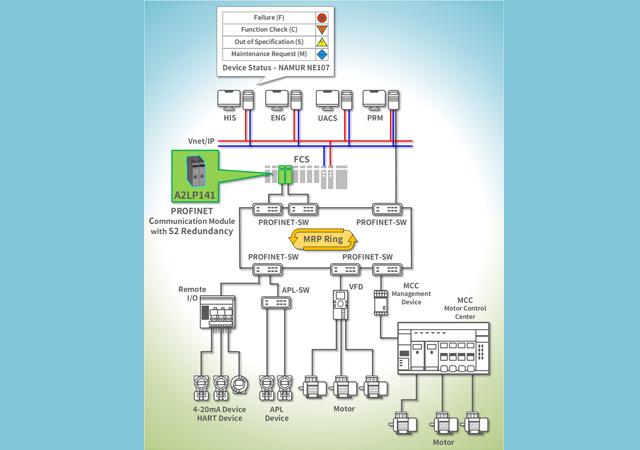

As China achieves greater world prominence and visibility from the 2008 Summer Olympic Games, businesses throughout the country are making their own gains by embracing global standards of quality, safety and sustainability. Specialty materials company Rohm and Haas , the world’s leader in acrylic technology for nearly a century, is helping many Chinese coatings manufacturers meet new environmental and performance goals with cutting-edge acrylic emulsions technology and products that are replacing solvent-borne materials long associated with pollution and solvent emissions. Innovative water-based architectural coatings materials from Rohm and Haas offer many advantages over traditional solvent-borne choices, including low VOCs, low odour, low flammability, no solvents, easier handling, water cleanup, air quality protection and safer working conditions.
Bruce Hoechner, corporate vice president and Asia Pacific general manager, paint and coatings materials, says: “Customers using our acrylic technologies for their coatings produce products as good as - and in more and more cases, better than - those made with solvent-based choices. We’re doing everything we can to give this very robust market the innovation it needs to manufacture paints and coatings that offer top performance with the most environmentally-advanced formulations available today.”
Substantial investment
Rohm and Haas is investing heavily in its acrylic emulsion coatings operations in China. “Since 1988, we’ve spent nearly $400 million to develop facilities in cities such as Beijing, Sanshui and Chengdu,” remarks Hoechner, noting that the company recently invested $30 million of a planned $60 million in the state-of-the-art China Research and Development Centre in Pudong New Area, Shanghai. He continues, “Our substantial investment and commitment enables us to bring mature, tested, dependable coatings technology to China. Yet our strategically located facilities enable us to function like a local player with quick delivery and rapid service. For example, our new Chengdu distribution centre, one of four in the country, cuts lead time in half for customers in southwest China.”
Rohm and Haas employs approximately 1,000 people in the country, many of them Chinese citizens who joined Rohm and Haas as long as two decades ago. “As a team, they’re very familiar with the dynamic market and unique customer needs in this region,” says Helen Zhang, general manager, paint and coatings materials, Great China, who adds that they have the skills, company training and global resources to perform the research, technical development and technical support services for customers throughout China.
As one of the first multinational suppliers for the coatings industry in China over 20 years ago, Rohm and Haas learned the importance of pairing its products with rapid, easily available technical support. “We assist in all aspects, from selecting appropriate products and identifying suitable equipment to training operators and troubleshooting,” notes David G Speece, technical director, paint and coatings materials, Asia Pacific. “This is particularly important in this market, where many customers have new operators, new applications, new equipment, or all three.”
Identifying market needs
Dr Simon Mawson, Rohm and Haas marketing manager, paint and coatings materials, Asia Pacific, is responsible for identifying market needs and helping to bring innovative products to market successfully. “Dirtshield 08 is a new, environmentally-advanced technology that was developed for exterior applications where dirt pick-up resistance is important. It is 100 per cent acrylic and unique in that it allows customers to cut production costs by significantly reducing the amount of film-forming coalescent—the most expensive solvent component in paint formulations, and yet it offers very desirable performance attributes, such as excellent dirt pick-up through a proprietary surface cross-linking technology,” says Mawson. “Dirtshield 08 epitomises our approach to green technology. We offer green solutions that also deliver high performance through acrylic chemistry.”
The company reports that Chinese customers also are rapidly adopting their new Avanse technology. “This technology allows our polymers to interact with other materials in coating, which allows the formulator to not only reduce the amount of expensive TiO2 pigment but also achieve higher performance,” says technical director Speece. “With Avanse, lower VOC coatings are appropriate for even the most demanding applications, where previously only solvent-borne coatings withstood harsh environments typically associated with industrial coating applications.” Avanse, developed specifically for coating structural steel and concrete surfaces, is a first-of-its-kind polymer - an extremely low VOC-emitting emulsion that also delivers superior performance.
“Tianba 2000 is an example of a product developed specifically for China’s building and construction market that evolved directly from customer communication,” says Speece. “It’s a new-generation flexible acrylic co-polymer for cement-based and non-cement-based waterproof coatings. Our extensive research shows that it has better waterproofing, flexibility and alkali resistance than other products. It’s an environmentally-advanced technology, low in odour and low in VOCs that nonetheless exhibits excellent performance.”
Eye on expansion
The company anticipates expanding the use in China of additional water-based coatings technologies such as Fastrack traffic paint binders. Within a decade, these groundbreaking binders converted a previously solvent-based North American market to one that now uses water-based traffic paints 85 per cent of the time. Similar results were observed in the Australia and New Zealand markets. The binders exhibit superior toughness combined with flexibility, fast drying and exceptional adhesion in a solvent-free, environmentally-advanced formulation - key characteristics for marking busy highways. Further, this product helps protect the health of workers applying the paint. “It’s a timely technology here, as China embarks on a strategic transportation plan that will build 42,000 miles of new road in just 20 years,” concludes Mawson.

